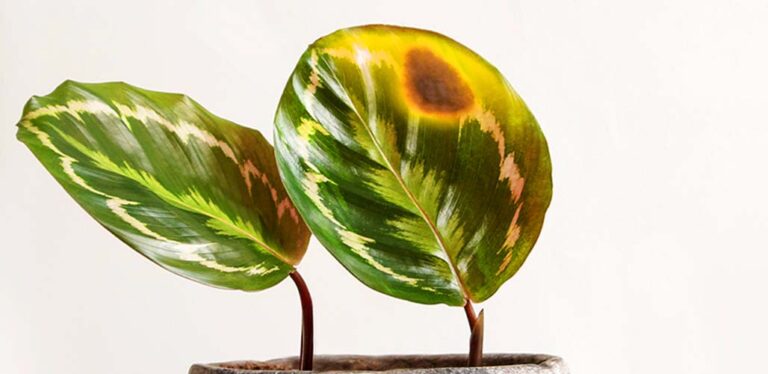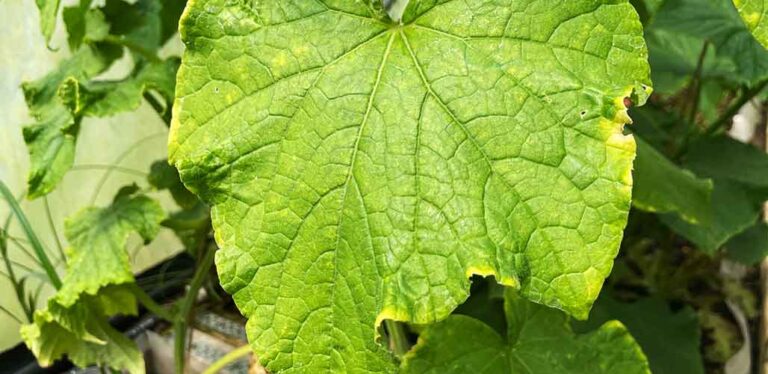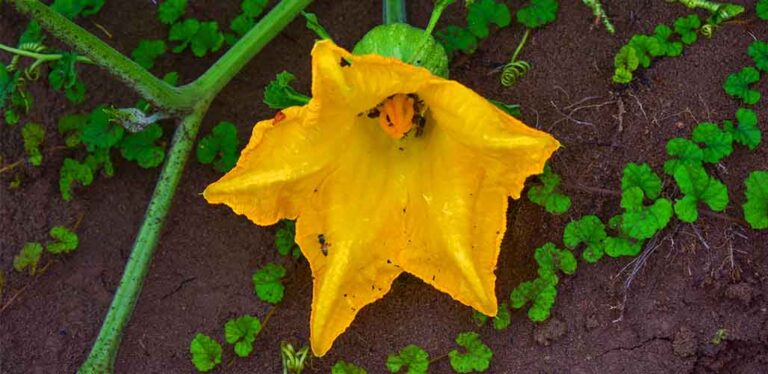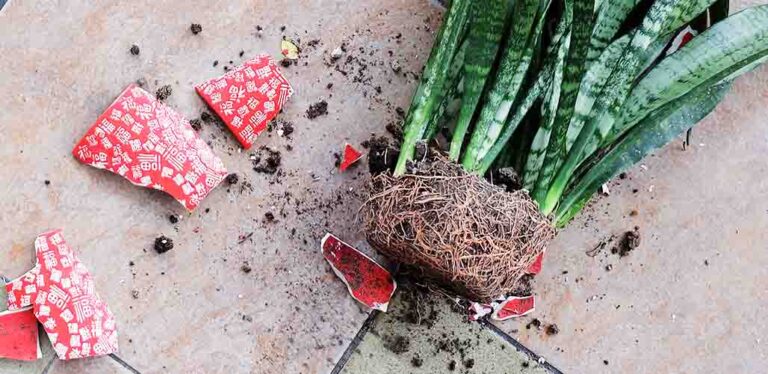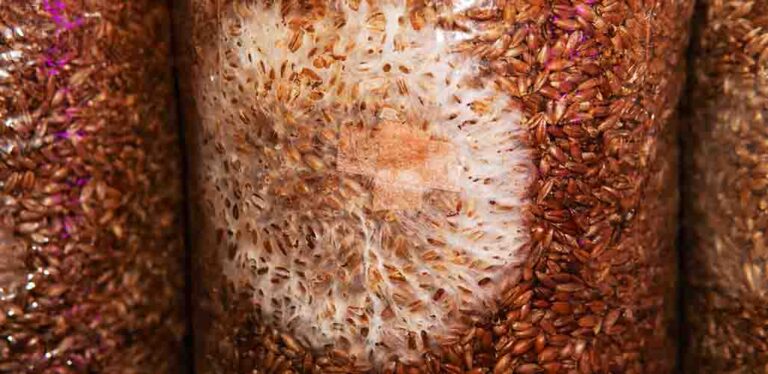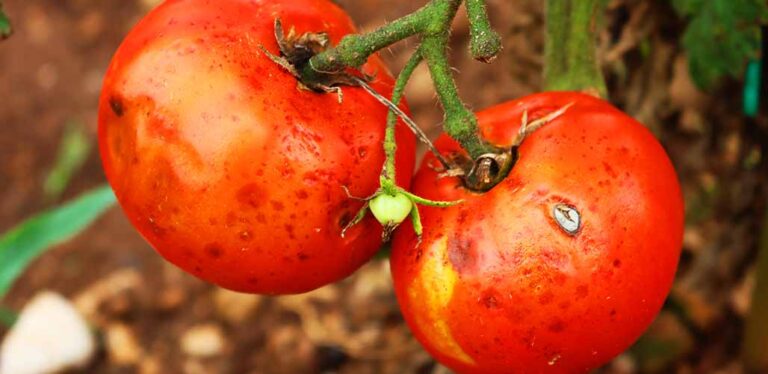How To Get Rid Of Rhubarb
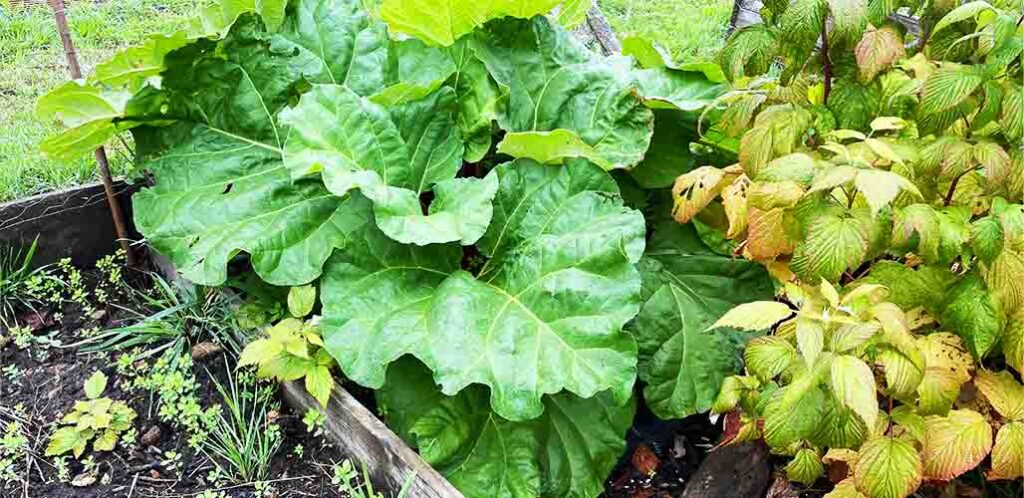
The first time I needed to know how to get rid of rhubarb, I went about it all wrong. And that rhubarb plant was still haunting me the following summer, despite the fact I was trying to grow new plants practically on top of it! To get rhubarb removal right, you need to make sure its crown is dead, or gone. There are several ways of achieving this, and each technique comes with its own pros and cons. So if it’s time for your rhubarb to make space for something else, here are your options, and how to choose between them.
Contents
Why rhubarb gets out of control
I never expected to need to know how to get rid of rhubarb. It’s one of my favorite crops – growing away with minimal fuss or input each year, and filling endless summer desserts. But then I discovered what a thug rhubarb can be. Four years after planting them, I had a thicket of red stems that far exceeded my expectations.
Rhubarb plants grow from crowns – dense, fibrous structures that sit just below the surface of the soil and produce stems from the top, and roots from the bottom. The function of the crown is to store energy while the plant is dormant in winter, in order to fuel new growth in spring. In favorable growing conditions, a single rhubarb crown can extend over two feet in diameter. Which is how a compact young plant can turn into a sprawling mature one, that overreaches the space allocated to it.
In fact, wanting to jettison some rhubarb from a fruit and veg garden quite often has nothing to do with not liking rhubarb, and everything to do with not wanting that much rhubarb. It’s not unusual to plant 5 or 6 crowns, and realize you only need the stems of 2 or 3 once they’re fully established!

So whether you’re getting rid of rhubarb because you have too many plants, or because you don’t want any at all, here’s how to go about it.
How to get rid of rhubarb
There are four ways of purging rhubarb from your yard:
- Dig out the crown
- Smother it with mulch
- Keeping cutting it back hard
- Kill it with herbicide
Digging it out
The single most effective and reliable way to eliminate rhubarb is to dig out the crown. Rhubarb grows from its crown, so removing this part of the plant entirely means the end of it. Provided all of the crown is removed, then even if stem or root fragments are left behind in the soil, you don’t need to fear an unwanted resurgence of red stalks next year.
That’s the good news about this method. The bad news is that it is by far the most physically arduous of all the methods for eliminating rhubarb. The crown of an established plant is only a shallow structure, but it is securely anchored into the soil below it by lots of strong roots. And finding the outermost edge of the crown just under the surface of the soil may require some trial and error with a gardening fork. If the crown of your plant is very large, try digging it up in fragments by driving a sharp spade or lawn edger through it. The best time of year to use this technique is in spring, when you can see the full outline of the crown by the emergence of new stems.
Pros of digging out unwanted rhubarb:
- Immediate results.
- The lifted crowns can be replanted somewhere more suitable, or offered to friends.
Cons of digging out unwanted rhubarb:
- Physically hard work.
- Requires full sized tools.
- May not be suitable if there are other plants close by, which could get damaged.
Smothering it
If you’re unable to dispose of your rhubarb by digging it up, an alternative is smothering it with compost. For rhubarb to grow strongly, the crown needs to sit just a scant inch below the surface of the soil. Usually when you apply a mulch of compost in spring to add nutrients back into the soil, it’s important to mulch around the crown, and not on top of it. Burying the crown under a thick layer of mulch can cause it to rot, and die. So, applying 4 to 6 inches of mulch to an out-of-place rhubarb is likely to see it off for good, especially if you apply it in fall so that it’s kept nice and wet by the winter weather
Pros of smothering unwanted rhubarb:
- The effort required is relatively little.
- All that compost will make the ground extra fertile for whatever you grow there next.
Cons of smothering unwanted rhubarb:
- A vigorous plant might grow through the mulch anyway.
- Even if the crown dies quickly, a particularly dense crown might take a few years to break down completely. In the meantime it could interfere with the root growth of anything you plant on top of it.
Weakening it through pruning
The crown acts as an energy store for rhubarb plants, so another way to kill the plant is by depleting the energy stored in the crown so severely that it is too exhausted to recover. You can do this by removing each and every stem that appears, until the plant gives up. Twist them out at the base, or sever them with a sharp knife or pruners. This approach takes the entire growing season to implement, and works best combined with the smothering technique. At the end of the growing season when the crown has stopped producing new stems, bury the crown under 4 to 6 inches of compost to suppress new growth in spring.
Pros of pruning out unwanted rhubarb:
- Physically very easy.
- No need to buy anything.
Cons of pruning out unwanted rhubarb:
- Requires consistent effort over several months.
- Might not work in a single year.
- The least reliable method when used alone – even an apparently exhausted crown which remains completely dormant for a whole year can recover enough to pop up again the following year.
Using herbicides
Finally, you can get rid of rhubarb by using a non-selective herbicide. Non-selective herbicides that will kill rhubarb include glyphosate (the active ingredient in Roundup, Ortho and Eliminator products) and diquat (the active ingredient in Spectracide products). This approach is the most ruthless, and of course it’s incompatible with organic gardening. There aren’t any selective herbicides which only kill rhubarb, so you’ll need to use a non-selective herbicide. This means it will also kill any other plants it comes into contact with. Since rhubarb is one of the first perennials to emerge in spring, the best time to apply herbicide is as early as possible, before other plants which could be affected come into growth too.
Pros of using herbicides on unwanted rhubarb:
- Low effort.
- Quick results.
- Economical.
Cons of using herbicides on unwanted rhubarb:
- Clumsy application, or herbicide drift caused by a gust of wind could end up killing plants you don’t want to lose.
- Avoidable use of non-selective herbicides is controversial. Glyphosate runoff in soil and water has been linked to increased disease susceptibility in plants and animals, and glyphosate exposure has been linked to intestinal, neurological and hormonal problems in people.
- The dead crown will still be left in the soil.
What to do with removed rhubarb
Depending on how you tackle your unwelcome rhubarb, you might be left with the crown to dispose of. A new rhubarb plant can grow from any section of the crown which has a growing point or leaf bud. So one option is to offer the crown to a fellow gardener. They’ll appreciate it most in late fall or early spring, when it has the best chance of growing away strongly in its new location.
Alternatively, you can chop up the crown and add it to a hot compost heat. Make sure it’s buried right in the middle of the heap where the temperature exceeds 150°F though, or it might survive the composting process and come back to life wherever you apply the compost later! If in doubt put it in your general or garden waste instead.
How to get rid of rhubarb – summary
Rhubarb is one of the most vigorous and resilient crops you can grow. Which can be a blessing, and a curse! There are several ways of getting rid of it. The most suitable one for you will depend on whether you want to spend money, how quickly you want results, whether you mind having a crown left in the soil, and other factors.

